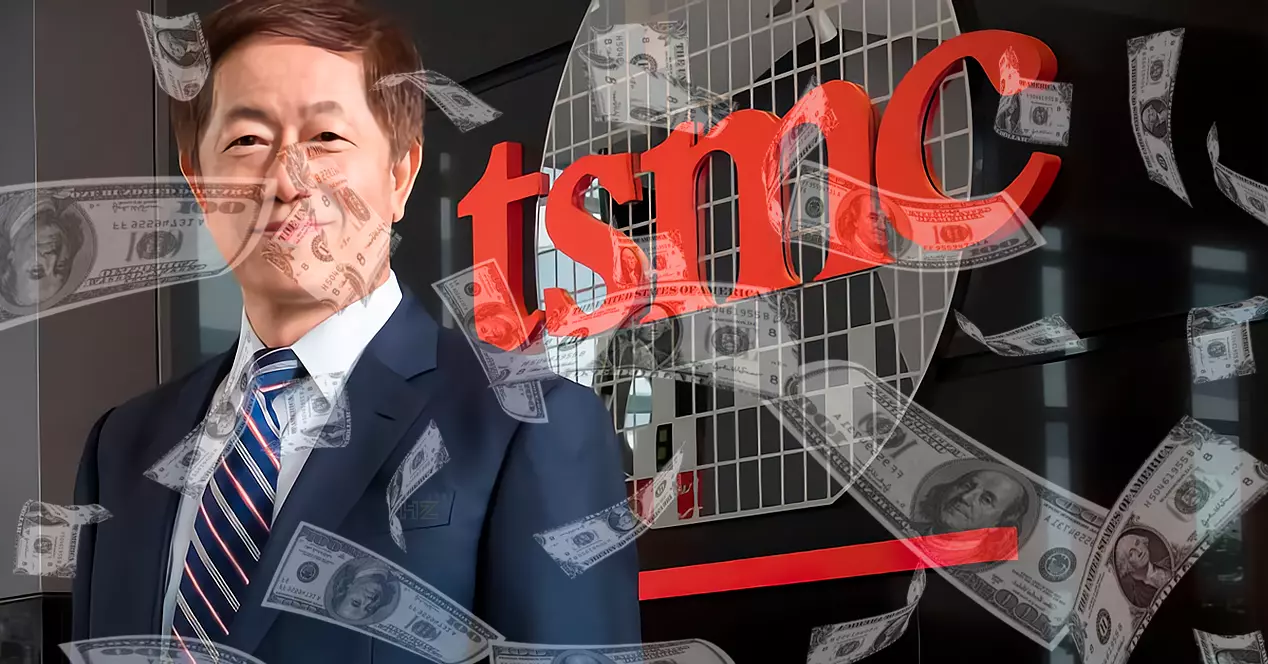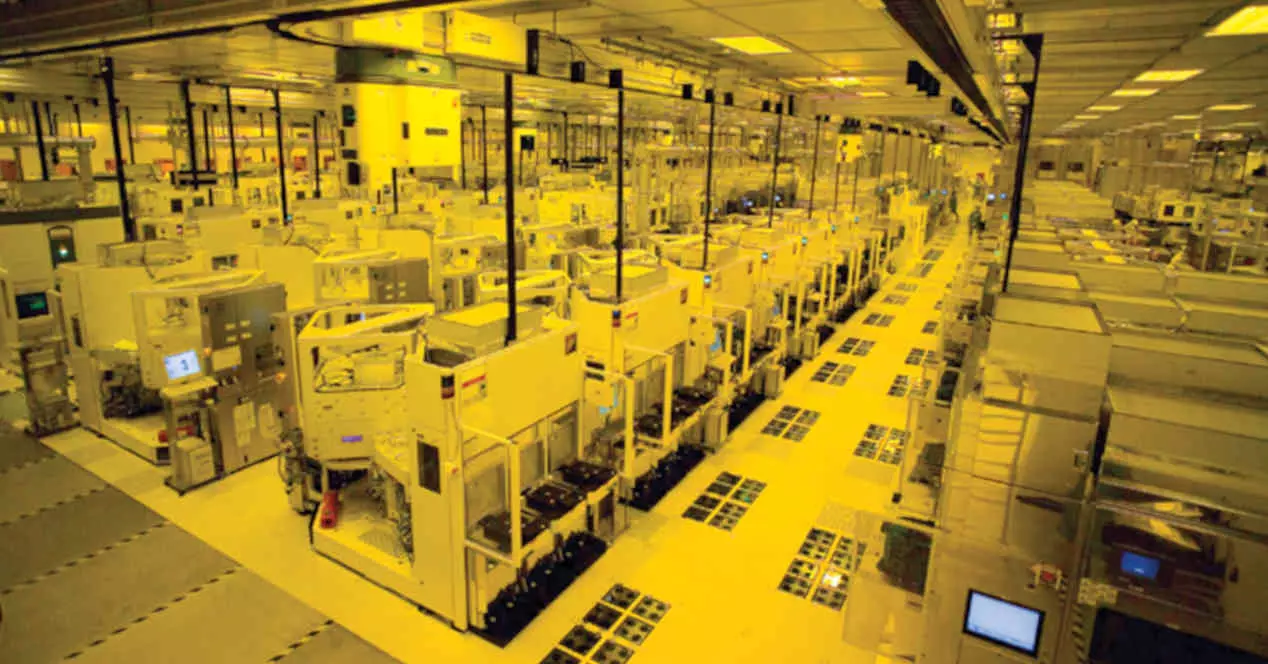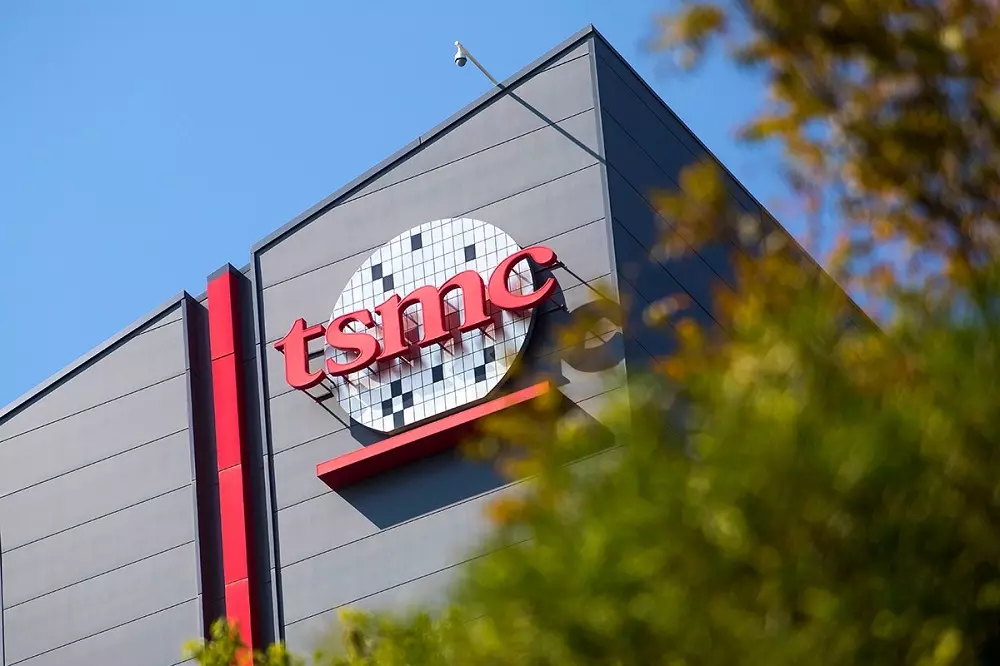
Not two weeks ago we fast-forward an industry-wide event to last year: NVIDIA had booked production with TSMC for its RTX 40, where the news was in the way to do it. And it is that those of Huang had to pay in advance a stratospheric amount for the Taiwanese to access said reserve, where what seemed new now is a trend because the industry suffers a blockage in production capacity: prepayment comes to the chips.
There are no chips for everyone, not at the rate that manufacturers demand of foundries. There is no industry that does not want that piece of silicon that better positions it in the market, automotive, IoT, audiovisual, science, laboratories and let’s not talk about users. A year has passed and everything remains the same, the improvements are slight and the relevant ones will take another year to arrive, so the partners of Intel, TSMC and Samsung do not want to be left behind in the meantime. The solution? Financing with the right to reserve volume, or in other words …
Chip production capacity lock
What used to be simply a signal to seal a deal is now not. Intel and Samsung have not seen leaked documentation on the matter, but TSMC has not been so lucky. How to create billion-dollar FABs in record time without going to a bank and in the middle of a crisis? Advancing engineering samples of the wafers with the latest state-of-the-art node and then leaving the production you can offer on a platter and thereby requesting upfront payments for the chips that have not been created to finance your new factories that will create them.
Without interest, without intermediaries and only with the commitment to fulfill what is expected, thus it has closed three agreements TSMC with the three main players in the industry that are not Intel: NVIDIA, AMD and Apple. In the first quarter alone, TSMC reportedly saw its prepaid revenue skyrocket to record highs with 150 billion dollars which were finally deposited by the three actors in the third quarter of last year.
A growth of this type of financing of 144%
In the quarterly growth rate (and given the crisis in the sector) the growth of this modality has come to the fore with a 144% improvement, which has been a historical record for the brand where it is also expected that revenue will grow by 26% , almost nothing.
The nodes are not only focused on the new 5nm LP and HP, but on the latter that will see the company’s FinFET technology: N3 or 3 nm. We do not know how much has gone to one node and another, but what is certain is that the FABs will work with the latest scanners of ASML for High EUV, which should already be reserved to a greater or lesser extent, as long as Intel leaves something for someone.
The production blockage is total, the maximum performance has been reached by Fab and the improvements in these barely reach 20% being optimistic. There’s a bottleneck that money can’t fix right away, so the big three have moved toward the one that guaranteed them wafer and chip solvency. Will TSMC really be able to comply with what has been signed? In a few months we will see the first results from this blockage of chip production capacity.





